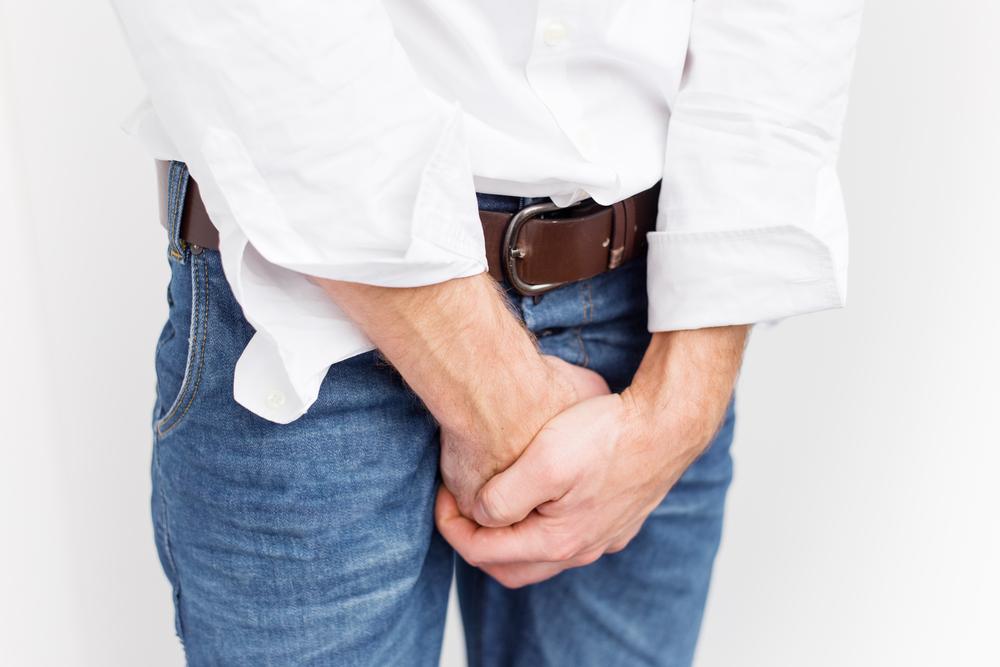Effective Strategies for Managing Urinary Incontinence
Discover proven methods for managing urinary incontinence, including pelvic exercises, behavioral techniques, medical devices, medications, and surgical options. This comprehensive guide helps you understand how to control symptoms effectively and improve quality of life, with professional guidance recommended for personalized treatment plans.

Effective Strategies for Managing Urinary Incontinence
Urinary incontinence involves involuntary urine leakage, often caused by weakened control over the urinary sphincter. If you're experiencing this condition, you might notice unexpected urges to urinate. What are the common and effective treatment options available?
Pelvic floor exercises are highly recommended Many healthcare professionals promote pelvic muscle workouts, known as Kegel exercises, to combat incontinence. These exercises help strengthen the muscles responsible for bladder control. To perform them, imagine preventing urine flow, contracting those muscles, holding for a few seconds, then relaxing.
You should hold each contraction for at least 5 seconds, releasing for the same duration. Initially, do 2-3 minutes of repetitions, gradually increasing the hold time to 10 seconds over several days. Aim for three sessions of 10 repetitions daily. Professional guidance or biofeedback can assist in targeting the correct muscles for optimal results.
Behavioral techniques can significantly improve outcomes Strategies like bladder training, double voiding, scheduled bathroom visits, along with dietary and fluid adjustments, help manage symptoms. Bladder training involves delaying urination by 10 minutes initially, gradually extending the interval to several hours. Double voiding, which includes urinating then waiting a few minutes before another attempt, reduces overflow. Scheduled urination sets fixed times for bathroom visits, preventing urgency. Dietary modifications, such as reducing caffeine, alcohol, and acidic foods, combined with weight loss and increased physical activity, support bladder health and control.
Electrical stimulation offers promising benefits This technique involves inserting electrodes into the vagina or rectum to stimulate pelvic muscles. It is especially effective for stress and urge incontinence, with consistent treatments over months delivering notable improvements.
Medical devices provide alternative solutions The urethral insert, a disposable plug placed in the urethra, prevents leakage and is removed before urination. Pessary devices, a firm ring worn in the vagina, are particularly useful if prolapse contributes to incontinence. These options can complement other treatments and improve daily comfort.
Medications play a vital role in incontinence management Anticholinergic drugs such as Trospium, Darifenacin, Oxybutynin, and Tolterodine help calm overactive bladders. Mirabegron relaxes bladder muscles, increasing capacity and facilitating complete emptying. Alpha-blockers are especially beneficial for men by relaxing prostate and bladder neck muscles to ease urination. Additionally, topical estrogen creams or patches help restore urethral tissue strength, improving control.
Other treatments include injections of bulking agents, Botox, nerve stimulators, sling surgeries, bladder neck suspension, prolapse correction, and artificial sphincters. Incontinence pads, protective garments, or catheters are also practical options for managing symptoms.










